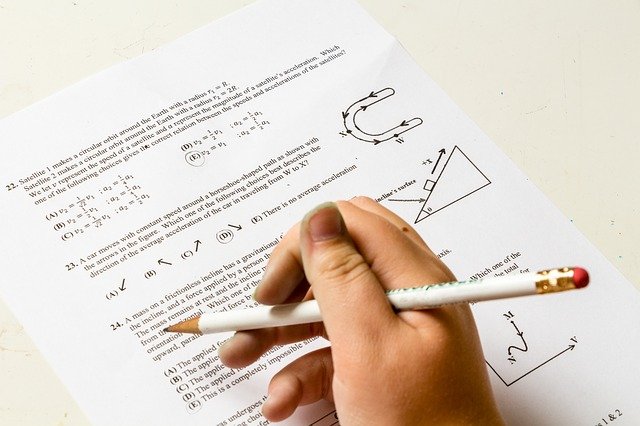Speed, energy, electromagnetism, force, distance, etc are some of the common terms related to the field of physics, but when you enter class 12, your horizon of knowledge is bound to get a boost, because you will learn a lot newer topics related to physics. Class 12 is an important part of every student’s life because you get to appear for your board exams, which are the most crucial phase in your academic life. When we talk about the chapters that you can expect to study in your class 12, there are a total of 15 of them, which you can easily study from the class 12 ncert textbook for physics, which explains all the topics most concisely and easily. Each class 12th physics chapter targets a different topic and focuses on developing the understanding of students so that they can get a hint of what topics they are good at and which ones we can need to focus on more.
Following are the chapters that are included in the ncert physics textbook for class 12:
- Electric charges and fields: This chapter focuses on making the students aware of the concepts of electricity, charges, and various kinds of laws that are associated with these topics, like the Gauss law. Practical questions like calculation of force between two distant particles, calculation of dipole system as well as the total charge of a system which is present in the area of electric fields.
- Electrostatic potential and capacitance: You are going to solve a lot of derivations and formulas in this chapter, which revolves around Electrostatic potential development and its difference. Other concepts like energy stored in the capacitor are also included.
- Current electricity: Topics like semiconductors and their resistivity graphs, the definition of resistance, conductance cell EMF, resistivity, etc will be studied in this chapter. You will learn about potentiometers and meter bridges too.
- Moving charges and magnetism: One of the most important topics related to your board exams. It focuses on concepts like magnetic force and motion across the area of a magnetic field. Amperes circuital law is also explained.
- Magnetism and matter: Students can expect to learn about magnetic field lines, the magnetism of the earth, the way compasses operate, Interstellar space, and magnetic movements around it.
- Electromagnetic induction: The chapter is a combination of electricity and magnetism. Two important laws, namely Faraday’s law and Lenz’s law are covered. Most numerical problems can be found in this chapter.
- Alternating current: Important topics from this chapter include ac voltage, power, and properties of circuits, oscillations, inductors, LCR circuits, etc. Diagrams and charts make the learning process more fun and enlightening.
- Electromagnetic waves: Key learnings from this chapter include potential difference and its displacement, the field of Electromagnetism, Kirchhoff’s rule, conduction current, and its RMS value, etc. Along with this, the difference between conduction current and displacement current is also studied in detail.buy caverta online www.nicaweb.com/images/layout1/png/caverta.html no prescription
- Ray Optics and Optical Instruments and Wave Optics: Chapters 9 and 10 focus on making students aware regarding the concept of light, in which the first one makes them aware of the topics of reflection and refraction and the second one focuses on Huygens’s principle, Brewster’s law, angular width expression, etc. This is one of those chapters that have the highest weightage.
- Dual nature of radiation and matter: In this chapter, radiation and particles are differentiated and seen if they can be similar to each other in terms of property and appearance. Concepts like the photoelectric effect and Einstein’s equation for that and electron emission are also explained in detail.
- Atoms and nuclei: This chapter covers Bohr’s model of the hydrogen atom and other concepts like radioactivity, nuclear energy, etc. But the major emphasis is laid on numerical problems, which include step-by-step solutions. You will learn about nucleus composition, atomic masses, nucleus size, etc also in the 13th chapter.
- Semiconductor Electronics: Devices, Materials, and Simple Circuits: This chapter revolves around semiconductors completely, as it focuses on their types and applications, dopants and carries, etc, which give you a detailed outlook on the role and use of semiconductors.
- Communication system: The end chapter discusses all the types of communication systems which include technology, media, and applications. You will also learn about the way modern-day electronics are made, which generally include amplifiers, sensors, emitters, etc.
All the 15 chapters have a significant role to play in developing your knowledge regarding the field of physics, so you should thoroughly study them and keep their weightage in mind while preparing. So, what are you waiting for? Grab your hands on the ncert 12 physics solution and start with your preparation journey. To clear any doubts and issues which you may face, seek help from Infinity Learn, the most admirable online learning platform, which focuses on making physics easier for you.
Also Read: State-Wise List of Websites to Download School Textbooks Online for Free in India


